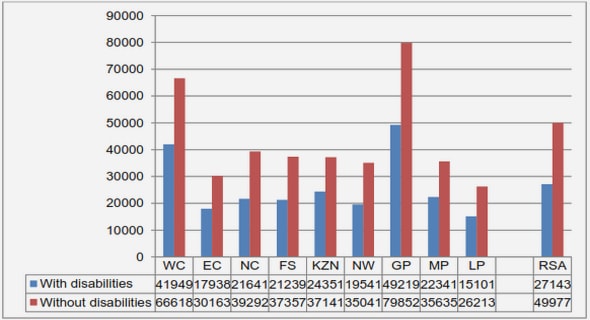(Downloads - 0)
For more info about our services contact : help@bestpfe.com
Table of contents
1 State of the Art of Renewable Energy and Energy Storage Systems Technologies in a Stand Alone Maritime Context
1.1 Introduction
1.2 Stand-Alone Maritime Site Suitable Renewable Energy Systems
1.2.1 Onshore wind turbine
1.2.2 Photovoltaic panel
1.2.3 Offshore wind turbine
1.2.4 Tidal turbine
1.2.5 Wave power
1.3 Energy Storage Systems Suitable for Stand-Alone Maritime Site
1.3.1 Pumped hydroelectric storage
1.3.2 Compressed air
1.3.3 Batteries
1.4 Offshore Energy transmission
1.5 Renewable Energy Systems Regulation
1.5.1 Vector Control
1.5.2 Observer-Based Control
1.6 Conclusion
2 Methodology of Analysis of the Energy Resource and the Energy Storage System for the Studied Stand-Alone Site
2.1 Introduction
2.2 Ouessant Island Energy Consumption
2.3 Wind Characteristics on the Island
2.3.1 Resource Characteristics
2.3.2 Turbine Properties
2.4 Tidal Characteristics in the Area Around the Island
2.4.1 Introduction
2.4.2 Existing measurements
2.4.3 Marine current velocity
2.4.4 Tidal energy and turbine properties
2.4.5 Turbine Properties
2.5 Solar Characteristics on the Island
2.6 Diesel Generators
2.7 Pumped Hydroelectric System
2.8 Conclusion
3 Sizing Method of a Hybrid Renewable-based System for a Stand- Alone Site
3.1 Introduction
3.2 Hybrid Renewable-based Farm Control Strategy
3.3 Sizing and Optimization Objectives
3.4 Simulation Results and Discussion
3.4.1 Results using fixed ESS, wind turbine, and tidal turbine models sizes
3.4.2 ESS sizes variation
3.4.3 Reducing wind turbine sizes
3.5 Conclusion
4 Design and Analysis of Inverter Control Methods for Micro-grid Applications in a Stand-Alone Site
4.1 Introduction
4.2 Design and Analysis of Single Inverter Regulation for Renewable Energy-based Systems
4.2.1 System Elements Description
4.2.2 P/Q Control Strategy
4.2.3 V/f Control Strategy
4.2.4 IVSG Control Strategy
4.2.5 Simulation Results
4.3 Design and Analysis of Inverter Control Methods in a Multi- Source Case
4.3.1 Traditional Droop Control Strategy
4.3.2 VSG Control Strategy
4.3.3 Simulation Results
4.3.4 Comparison and Discussion
4.4 Application to the Renewable Sources-based System for Ouessant Island
4.4.1 Introduction
4.4.2 System Elements Description
4.4.3 Simulation Results and System Performances Analysis
4.5 Conclusion
Conclusion and Perspectives
A Power Scheme of the Full System
B IVSG Block Diagram




